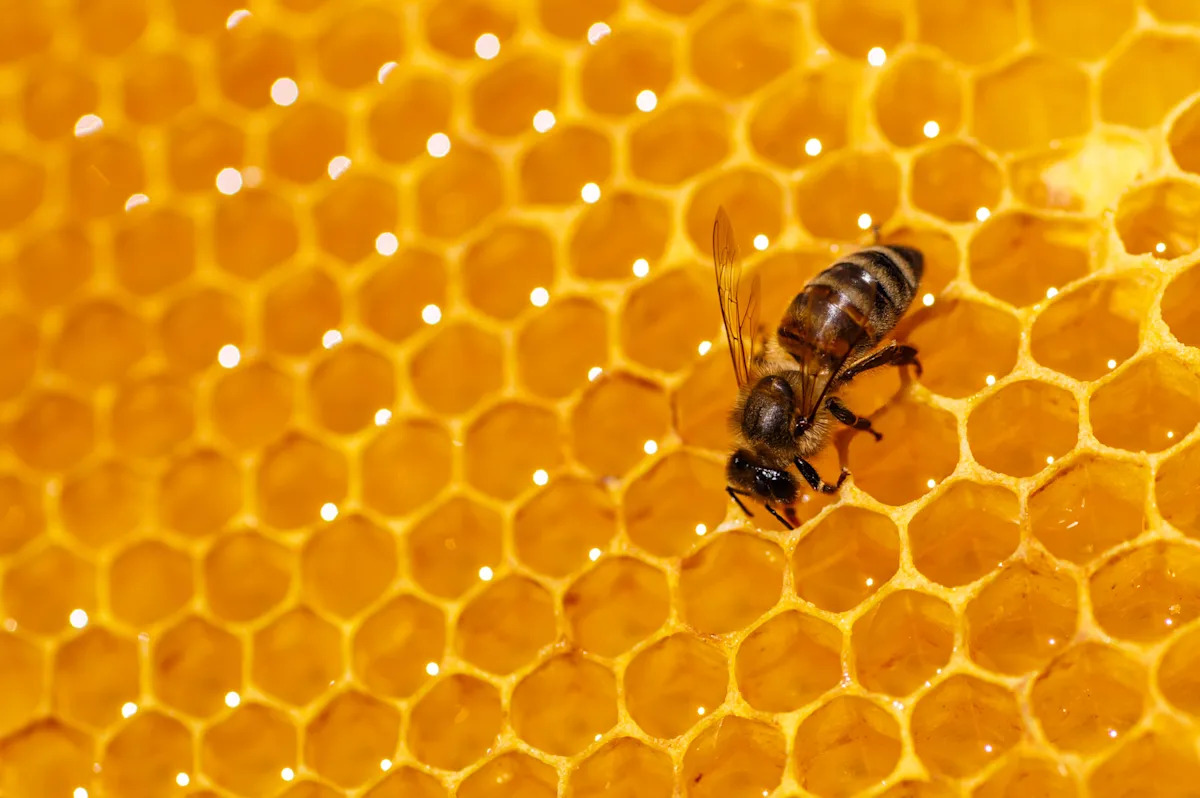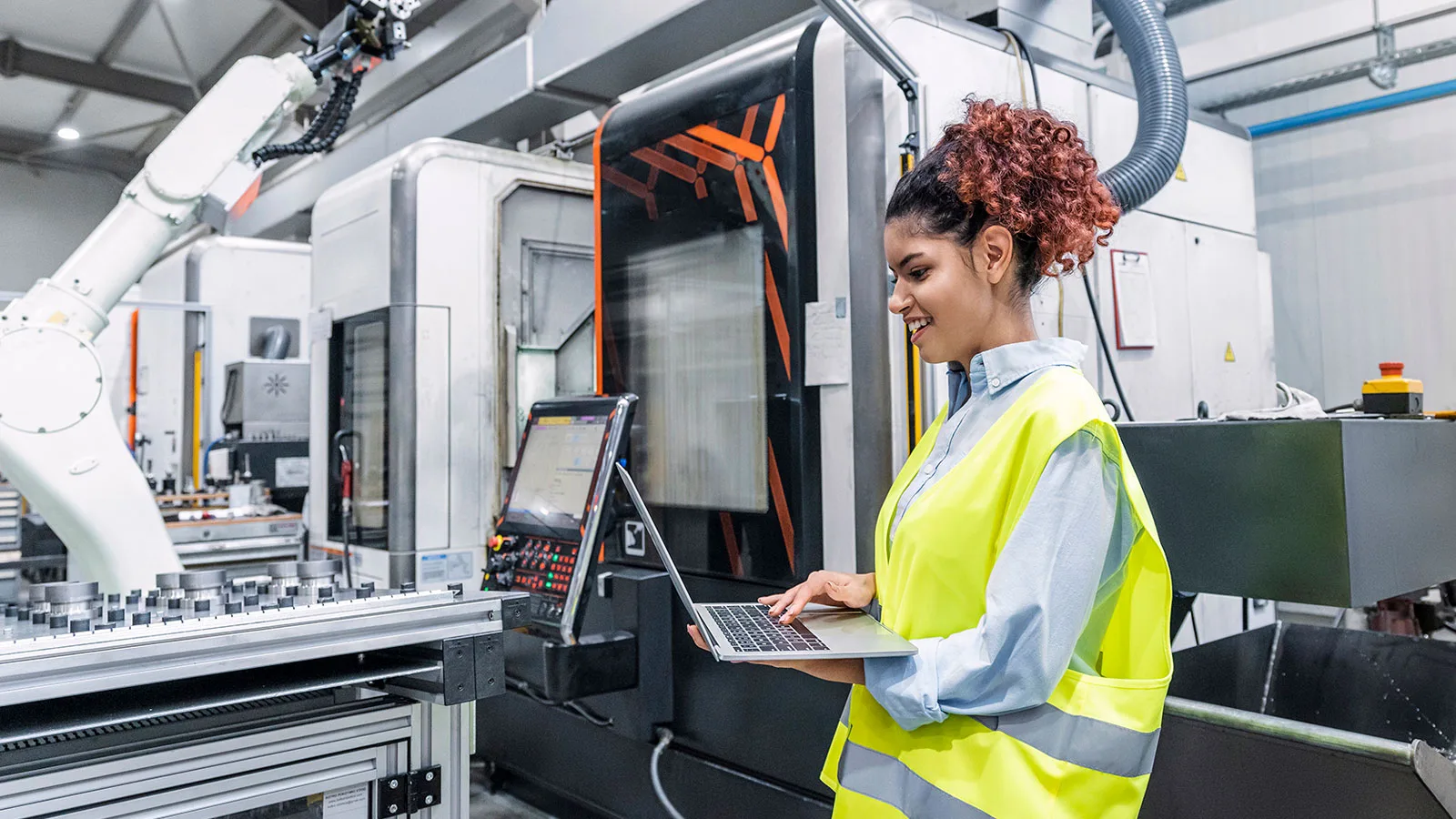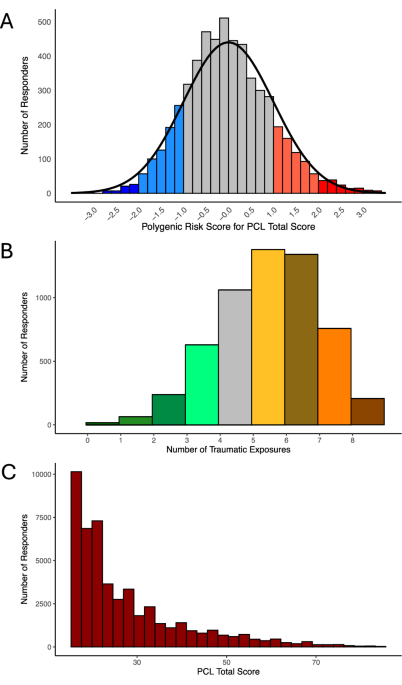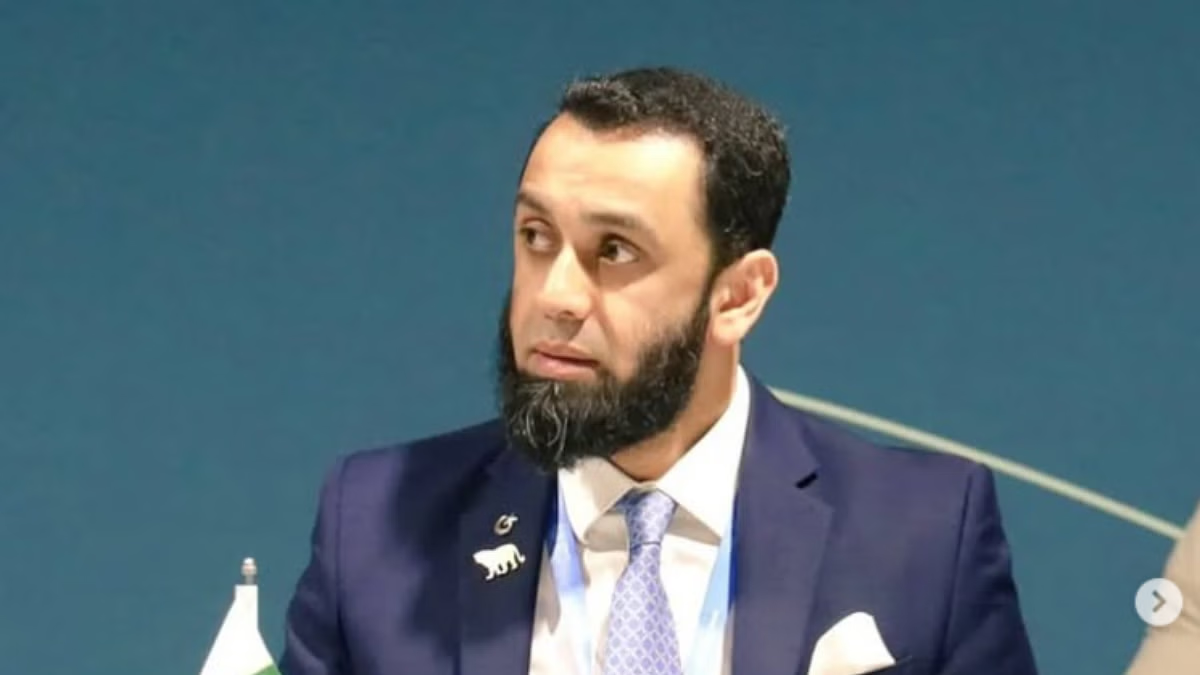Kessler RC, Berglund P, Demler O, Jin R, Merikangas KR, Walters EE. Lifetime prevalence and age-of-onset distributions of DSM-IV disorders in the national comorbidity survey replication. Archives of General Psychiatry. 2005;62:593–602.
Article
PubMed
Google Scholar
Kilpatrick DG, Resnick HS, Milanak ME, Miller MW, Keyes KM, Friedman MJ. National estimates of exposure to traumatic events and PTSD prevalence using DSM‐IV and DSM‐5 criteria. Journal of traumatic stress. 2013;26:537–47.
Article
PubMed
PubMed Central
Google Scholar
Fulton JJ, Calhoun PS, Wagner HR, Schry AR, Hair LP, Feeling N, et al. The prevalence of posttraumatic stress disorder in operation enduring freedom/operation iraqi freedom (OEF/OIF) veterans: a meta-analysis. Journal of anxiety disorders. 2015;31:98–107.
Article
PubMed
Google Scholar
Schein J, Houle C, Urganus A, Cloutier M, Patterson-Lomba O, Wang Y, et al. Prevalence of post-traumatic stress disorder in the United States: a systematic literature review. Current medical research and opinion. 2021;37:2151–61.
Article
PubMed
Google Scholar
Petrie K, Milligan-Saville J, Gayed A, Deady M, Phelps A, Dell L, et al. Prevalence of PTSD and common mental disorders amongst ambulance personnel: a systematic review and meta-analysis. Social psychiatry and psychiatric epidemiology. 2018;53:897–909.
Article
PubMed
Google Scholar
Syed S, Ashwick R, Schlosser M, Jones R, Rowe S, Billings J. Global prevalence and risk factors for mental health problems in police personnel: a systematic review and meta-analysis. Occupational and environmental medicine. 2020;77:737–47.
Article
PubMed
Google Scholar
Bowler RM, Adams SW, Gocheva VV, Li J, Mergler D, Brackbill R, et al. Posttraumatic stress disorder, gender, and risk factors: World Trade Center tower survivors 10 to 11 years after the September 11, 2001 attacks. Journal of Traumatic Stress. 2017;30:564–70.
Article
PubMed
Google Scholar
Bromet EJ, Hobbs MJ, Clouston SA, Gonzalez A, Kotov R, Luft BJ. DSM-IV post-traumatic stress disorder among World Trade Center responders 11–13 years after the disaster of 11 September 2001 (9/11). Psychological medicine. 2016;46:771–83.
Article
CAS
PubMed
Google Scholar
Berger W, Coutinho ESF, Figueira I, Marques-Portella C, Luz MP, Neylan TC, et al. Rescuers at risk: a systematic review and meta-regression analysis of the worldwide current prevalence and correlates of PTSD in rescue workers. Social psychiatry and psychiatric epidemiology. 2012;47:1001–11.
Article
PubMed
Google Scholar
Kessler RC, Aguilar-Gaxiola S, Alonso J, Benjet C, Bromet EJ, Cardoso G, et al. Trauma and PTSD in the WHO world mental health surveys. European journal of psychotraumatology. 2017;8:1353383.
Article
PubMed
PubMed Central
Google Scholar
Morina N, Wicherts JM, Lobbrecht J, Priebe S. Remission from post-traumatic stress disorder in adults: a systematic review and meta-analysis of long term outcome studies. Clinical psychology review. 2014;34:249–55.
Article
PubMed
Google Scholar
Diamond PR, Airdrie JN, Hiller R, Fraser A, Hiscox LV, Hamilton-Giachritsis C, et al. Change in prevalence of post-traumatic stress disorder in the two years following trauma: a meta-analytic study. European Journal of Psychotraumatology. 2022;13:2066456.
Article
CAS
PubMed
PubMed Central
Google Scholar
Burback L, Brult-Phillips S, Nijdam MJ, McFarlane A, Vermetten E. Treatment of posttraumatic stress disorder: a state-of-the-art review. Current Neuropharmacology. 2024;22:557–635.
Article
CAS
PubMed
Google Scholar
Lewis C, Roberts NP, Gibson S, Bisson JI. Dropout from psychological therapies for post-traumatic stress disorder (PTSD) in adults: systematic review and meta-analysis. European journal of psychotraumatology. 2020;11:1709709.
Article
PubMed
PubMed Central
Google Scholar
Steenkamp MM, Litz BT, Hoge CW, Marmar CR. Psychotherapy for military-related PTSD: a review of randomized clinical trials. Jama. 2015;314:489–500.
Article
CAS
PubMed
Google Scholar
Ryder AL, Azcarate PM, Cohen BE. PTSD and physical health. Current Psychiatry Reports. 2018;20:1–8.
Article
Google Scholar
Kessler RC. Posttraumatic stress disorder: the burden to the individual and to society. Journal of Clinical Psychiatry. 2000;61:4–14.
PubMed
Google Scholar
Davis LL, Schein J, Cloutier M, Guerin A, Schein J, Gagnon-Sanschagrin P, et al. The economic burden of posttraumatic stress disorder in the United States from a societal perspective. The Journal of Clinical Psychiatry. 2022;83:40672.
Article
Google Scholar
Duncan L, Cooper BN, Shen H. Robust findings from 25 years of PSTD genetics research. Current Psychiatry Reports. 2018;20:115.
Article
PubMed
PubMed Central
Google Scholar
Duncan L, Ratanatharathorn A, Aiello AE, Almli LM, Amstadter AB, Ashley-Koch AE, et al. Largest GWAS of PTSD (N=20 070) yields genetic overlap with schizophrenia and sex differences in heritability. Original Article. Mol Psychiatry. 2017;23:666–73. https://doi.org/10.1038/mp.2017.77
Article
CAS
Google Scholar
Nievergelt CM, Maihofer AX, Klengel T, Atkinson EG, Chen CY, Choi KW, et al. International meta-analysis of PTSD genome-wide association studies identifies sex-and ancestry-specific genetic risk loci. Nature communications. 2019;10:1–16.
Article
CAS
Google Scholar
Gelernter J, Sun N, Polimanti R, Pietrzak R, Levey DF, Bryois J, et al. Genome-wide association study of post-traumatic stress disorder reexperiencing symptoms in> 165,000 US veterans. Nature neuroscience. 2019;22:1394–401.
Article
CAS
PubMed
PubMed Central
Google Scholar
Waszczuk MA, Docherty AR, Shabalin AA, Miao J, Yang X, Kuan P, et al. Polygenic prediction of PTSD trajectories in 9/11 responders. Psychological medicine. 2022;52:1981–9.
Article
Google Scholar
Weber H, Maihofer AX, Jaksic N, Bojic EF, Kucukalic S, Dzananovic ES, et al. Association of polygenic risk scores, traumatic life events and coping strategies with war-related PTSD diagnosis and symptom severity in the South Eastern Europe (SEE)-PTSD cohort. Journal of Neural Transmission. 2022;129:1–14.
Article
Google Scholar
Lobo JJ, McLean SA, Tungate AS, Peak DA, Swor RA, Rathlev NK, et al. Polygenic risk scoring to assess genetic overlap and protective factors influencing posttraumatic stress, depression, and chronic pain after motor vehicle collision trauma. Translational Psychiatry. 2021;11:359.
Article
CAS
PubMed
PubMed Central
Google Scholar
Stein MB, Jain S, Parodi L, Choi KW, Maihofer AX, Nelson LD, et al. Polygenic risk for mental disorders as predictors of posttraumatic stress disorder after mild traumatic brain injury. Translational psychiatry. 2023;13:24.
Article
PubMed
PubMed Central
Google Scholar
Campbell-Sills L, Sun X, Choi KW, He F, Ursano RJ, Kesssler RC, et al. Dissecting the heterogeneity of posttraumatic stress disorder: differences in polygenic risk, stress exposures, and course of PTSD subtypes. Psychological medicine. 2022;52:3646–54.
Article
Google Scholar
Misganaw B, Guffanti G, Lori A, Abu-Amara D, Flory JD, Mueller S, et al. Polygenic risk associated with post-traumatic stress disorder onset and severity. Translational psychiatry. 2019;9:165.
Article
PubMed
PubMed Central
Google Scholar
Campbell-Sills L, Papini S, Norman SB, Choi KW, He F, Sun Xiaoying, et al. Associations of polygenic risk scores with posttraumatic stress symptom trajectories following combat deployment. Psychological medicine. 2023;53:1–10.
Article
Google Scholar
Pingault JB, Allegrini AG, Odigie T, Frach L, Baldwin JR, Rijsdijk F, et al. Research review: how to interpret associations between polygenic scores, environmental risks, and phenotypes. Journal of Child Psychology and Psychiatry. 2022;63:1125–39.
Article
PubMed
Google Scholar
Sayed S, Iacoviello BM, Charney DS. Risk factors for the development of psychopathology following trauma. Current psychiatry reports. 2015;17:1–7.
Google Scholar
Tortella-Feliu M, Fullana MA, Pérez-Vigil A, Torres X, Chamorro J, Littarelli SA, et al. Risk factors for posttraumatic stress disorder: an umbrella review of systematic reviews and meta-analyses. Neuroscience & Biobehavioral Reviews. 2019;107:154–65.
Article
Google Scholar
Mann FD, Waszczuk MA, Clouston SAP, Feltman S, Ruggero CJ, Marx BP, et al. Long-Term Trajectories of Posttraumatic Stress Disorder Symptoms: A 20-Year Longitudinal Study of World Trade Center Responders. Nature Mental Health. 2025;3:789–802.
Ge T, Chen C-Y, Ni Y, Feng Y-CA, Smoller JW. Polygenic prediction via bayesian regression and continuous shrinkage priors. Nature Communications. 2019;10:1776–85.
Article
PubMed
PubMed Central
Google Scholar
Stein MB, Levey DF, Cheng Z, Wendt FR, Harrington K, Pathak GA, et al. Genome-wide association analyses of post-traumatic stress disorder and its symptom subdomains in the million veteran program. Nature genetics. 2021;53:174–84.
Article
CAS
PubMed
PubMed Central
Google Scholar
Pietrzak R, Feder A, Singh R, Schechter CB, Bromet EJ, Katz CL, et al. Trajectories of PTSD risk and resilience in World Trade Center responders: an 8-year prospective cohort study. Psychological medicine. 2014;44:205–19.
Article
CAS
PubMed
Google Scholar
Zvolensky MJ, Kotov R, Schechter CB, Gonzalez A, Vujanovic A, Pietrzak RH, et al. Post-disaster stressful life events and WTC-related posttraumatic stress, depressive symptoms, and overall functioning among responders to the World Trade Center disaster. Journal of Psychiatric Research. 2015;61:97–105.
Article
PubMed
Google Scholar
R Core Team. R: A Language and Environment for Statistical Computing. R Foundation for Statistical Computing. Vienna, Austria; 2023
Bates, D., Mächler, M., Bolker, B., & Walker, S. Fitting linear mixed-effects models using lme4. Journal of Statistical Software. 2015;67:1–48.
Pinheiro J, Bates D, DebRoy S. Package ‘nlme’. linear and Nonlinear Mixed Effects Models, Version. 2017;3:274.
Google Scholar
Proust-Lima C, Philipps V, Liquet B. Estimation of extended mixed models using latent classes and latent processes: the R package lcmm. Journal of Statistical Software. 2017;78:1–56.
Grimm KJ, Ram N, Estabrook R. Growth modeling: structural equation and multilevel modeling approaches. Guilford Publications; New York; 2016.
Kendler K, Gardner C, Lichtenstein P. A developmental twin study of symptoms of anxiety and depression: evidence for genetic innovation and attenuation. Psychological medicine. 2008;38:1567–75.
Article
CAS
PubMed
PubMed Central
Google Scholar
Chang Z, Lichtenstein P, Asherson PJ, Larsson H. Developmental twin study of attention problems: high heritabilities throughout development. JAMA psychiatry. 2013;70:311–8.
Article
PubMed
Google Scholar
Waszczuk M, Zavos H, Gregory AM, Eley TC. The stability and change of etiological influences on depression, anxiety symptoms and their co-occurrence across adolescence and young adulthood. Psychological medicine. 2016;46:161–75.
Article
CAS
PubMed
Google Scholar
Moreno-Grau S, Vernekar M, Lopez-Pineda A, Mas-Montserrat D, Barrabés M, Quinto-Cortés CD, et al. Polygenic risk score portability for common diseases across genetically diverse populations. Human Genomics. 2024;18:93.
Article
PubMed
PubMed Central
Google Scholar
Ndong Sima CAA, Step K, Swart Y, Schurz H, Uren C, Möller M. Methodologies underpinning polygenic risk scores estimation: a comprehensive overview. Human Genetics. 2024;143:1265–80.
Article
PubMed
PubMed Central
Google Scholar
Kandaswamy R, Allegrini A, Nancarrow AF, Cave SN, Plomin R, Von Stumm S. Predicting alcohol use from genome-wide polygenic scores, environmental factors, and their interactions in young adulthood. Psychosomatic medicine. 2022;84:244–50.
Article
PubMed
Google Scholar
Plomin R, Gidziela A, Malanchini M, Von Stumm S. Gene–environment interaction using polygenic scores: Do polygenic scores for psychopathology moderate predictions from environmental risk to behavior problems? Development and Psychopathology. 2022;34:1816–26.
Article
PubMed
Google Scholar








